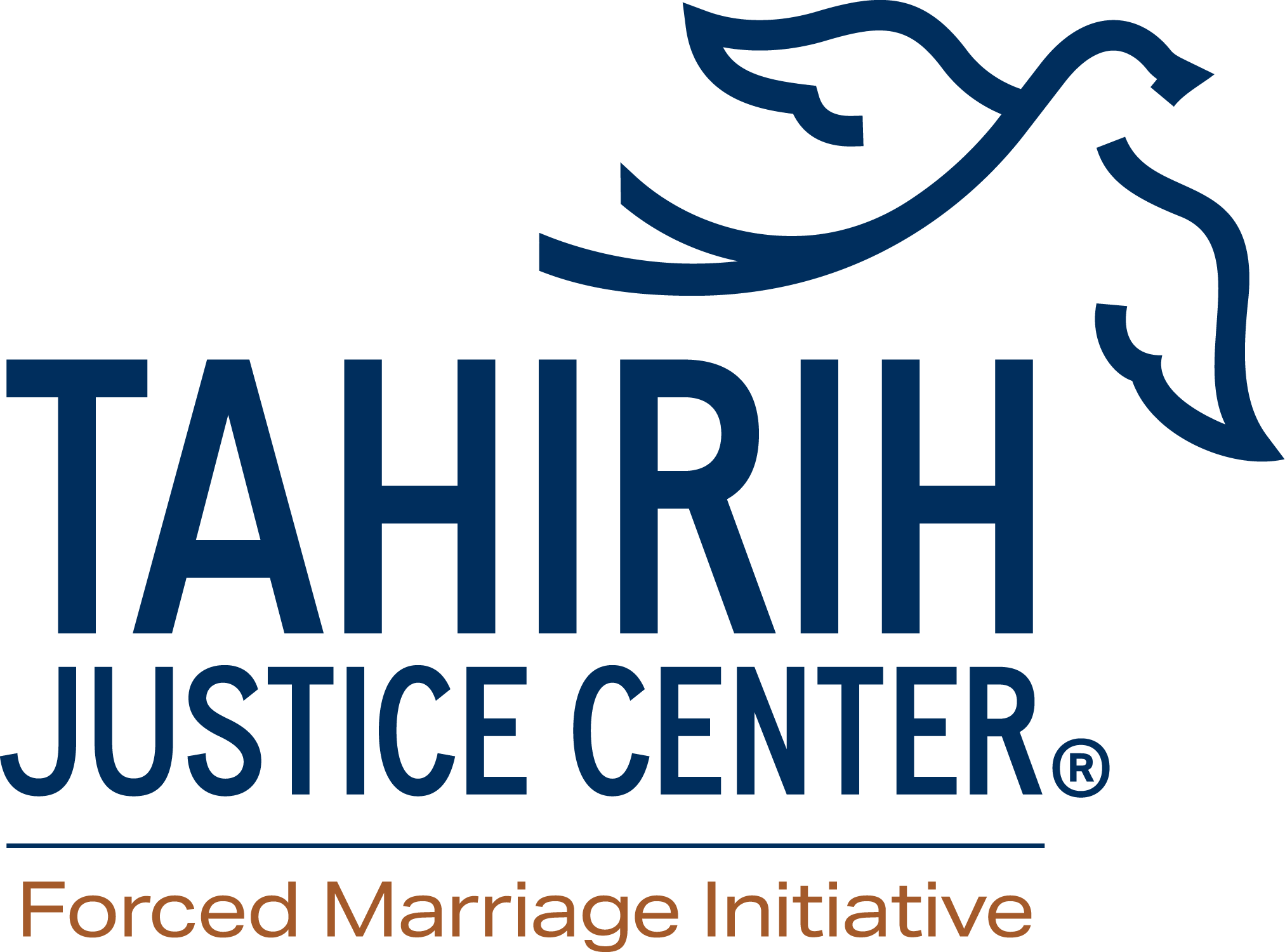Publications
The Alignment of U.S. Child Marriage Laws to Data and Consent: Time for a Bright-Line Rule at the Age of Majority
Author: Andrea Jeglum
Published: Fall 2021
In this article, published in the Wisconsin Journal of Law, Gender & Society, the author traces the legal and social history of laws allowing for child marriage in the United States, as well as attempts by states to protect children without fully ending child marriage. She concludes that these efforts to limit child marriage through parental consent or judicial approval conditions have failed, and that the only viable way to address the issue is for each state to set it’s minimum marriage age at the age of majority. Read more.
Mapping the Field of Child Marriage: Evidence, Gaps, and Future Directions From a Large-Scale Systematic Scoping Review, 2000–2019
Authors: Manahil Siddiqi, M.P.H. and Margaret E. Green, Ph.D.
Publication: March 1, 2022
This comprehensive survey of global research into child marriage, conducted in multiple languages, reveals a number of important trends in global efforts to study and address child marriage around the world. In particular the authors find that child marriage is not most-studied in the countries where it is most prevalent – in fact several of the countries with the highest prevalence of child marriage are also among the places where the issue is least studied. Read more.
Framework for Addressing Forced and Child Marriage in the U.S. National Action Plan to End Gender Based Violence
Authors: Forced Marriage Working Group
Publication: October, 2021
This Framework is the result of months of collaboration and consultation with our partners in the National Forced Marriage Working Group, and is the first document of its kind charting a comprehensive path forward on the issue of forced and child marriage in the U.S. The Framework calls for an intersectional approach to supporting survivors rooted in anti-oppression and anti-racism, increased awareness among service providers, advocates, and policy makers as well as a coordinated whole of government response, dedicated funding streams to enhance programs and services, and support for research and policy change at the state and federal level. Read more.
Will You Marry Me, Later? Age-of-Marriage Laws and Child Marriage in Mexico
Authors: Cristine Belles-Obrero and Maria Lombardi
Publication: August 1, 2021
New research looks at the effect of minimum marriage age reforms in Mexico, and includes insights for advocates working to end child marriage in the United States. Among these is the fact that many Mexican states took an incremental approach to child marriage reform, first raising their minimum marriage age to 16 before eventually ending all marriage under 18, without exceptions – perhaps providing a useful blueprint for effective incremental reform in U.S. states that resist going to age 18 as a first step. The researchers also found that action by the federal government seems to have been critical in pushing states to pass “18, no exceptions” laws, again laying out a strategic model available for U.S. advocates who could push Congress to incentivize more U.S. states to take action.
A Framework for Identifying and Responding to Cases of Forced Marriage
Author: Forced Marriage Initiative
Publication: July, 2021
This framework provides comprehensive guidance for service providers who may encounter individuals facing forced marriage. It includes an overview of the complex nature of forced marriage cases, tips for screening and conducting a needs assessment, sample intake forms, and appendices offering more specific guidance on safety planning for relocation, travel abroad, family mapping, working with minors, and the intersection of forced marriage with female genital mutilation/cutting.


